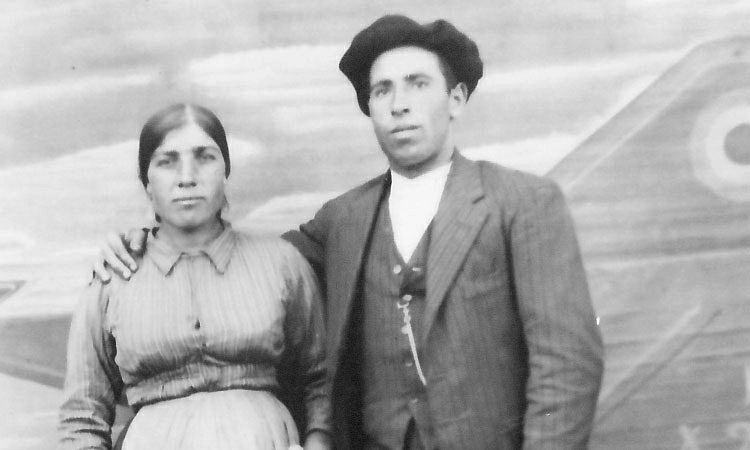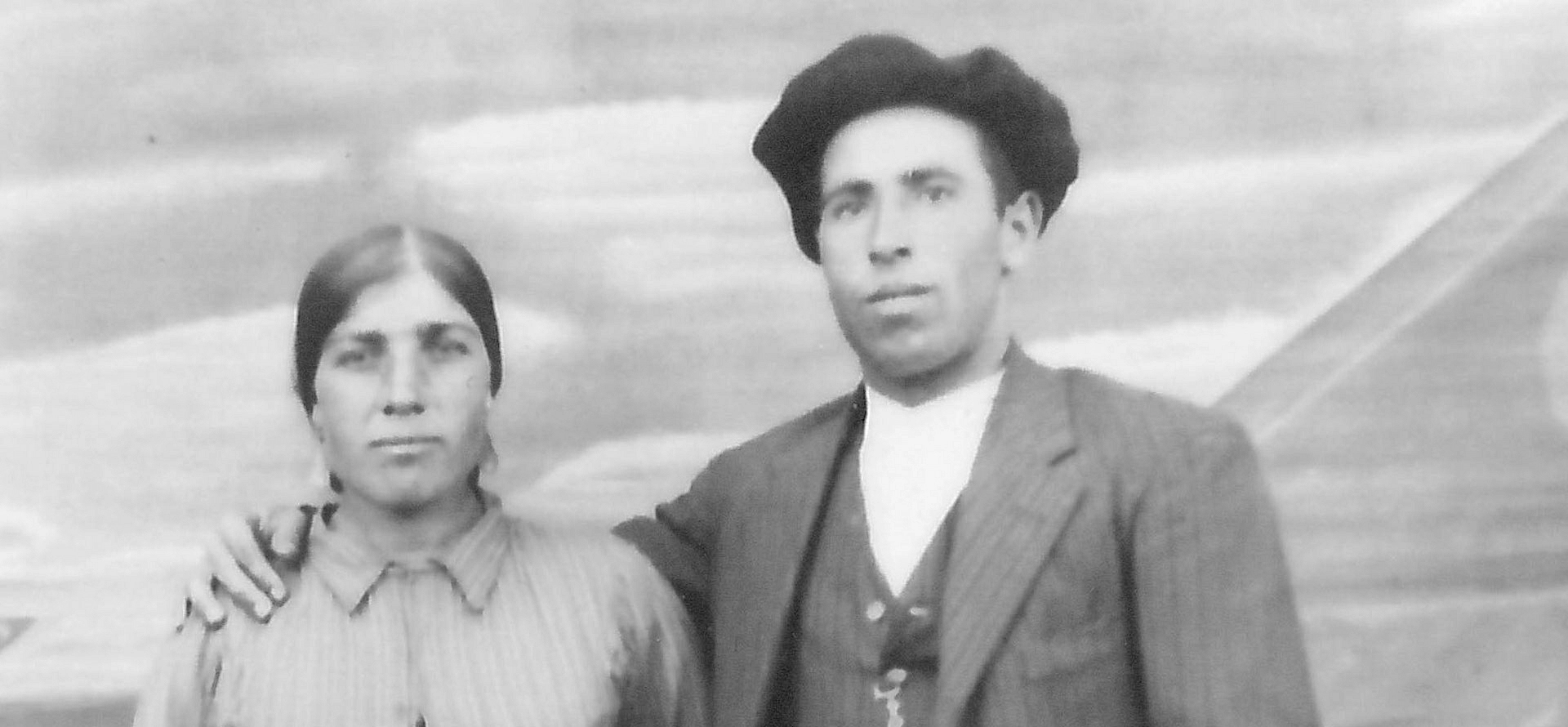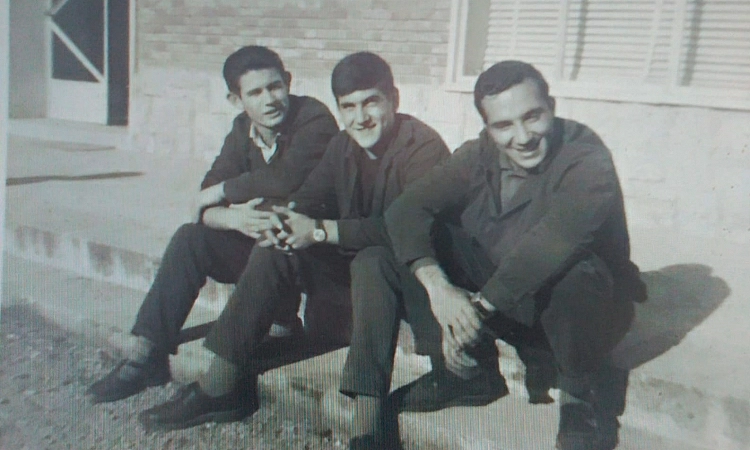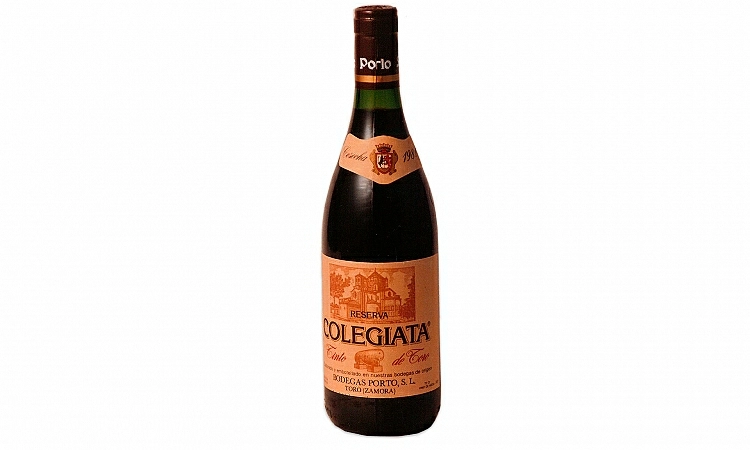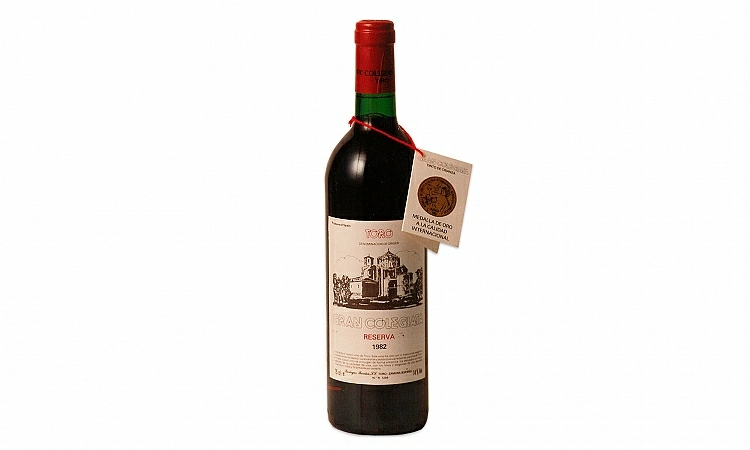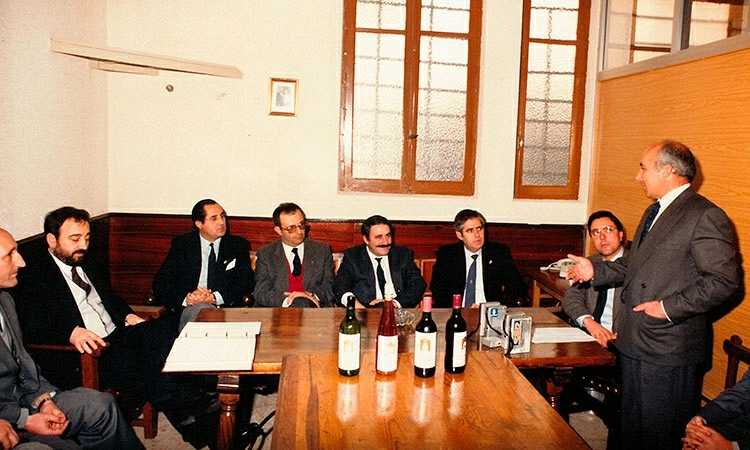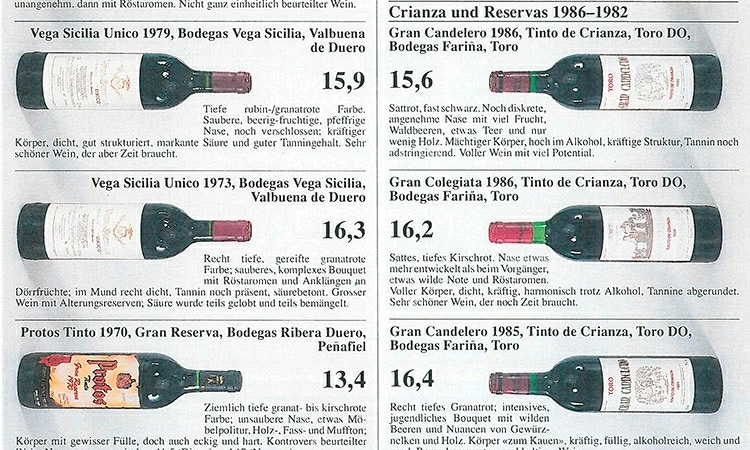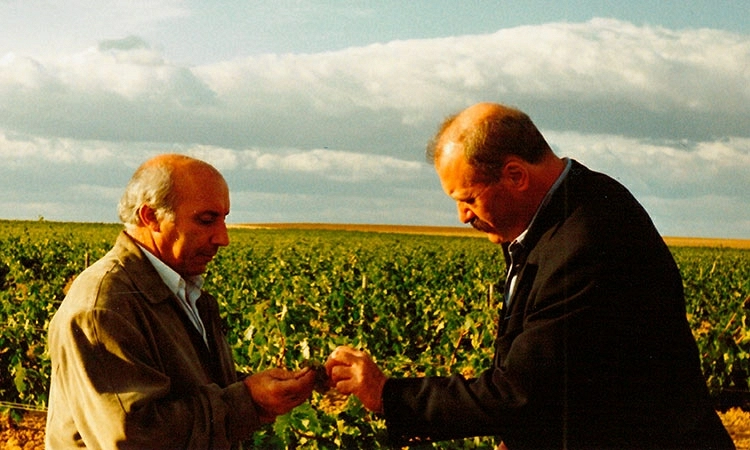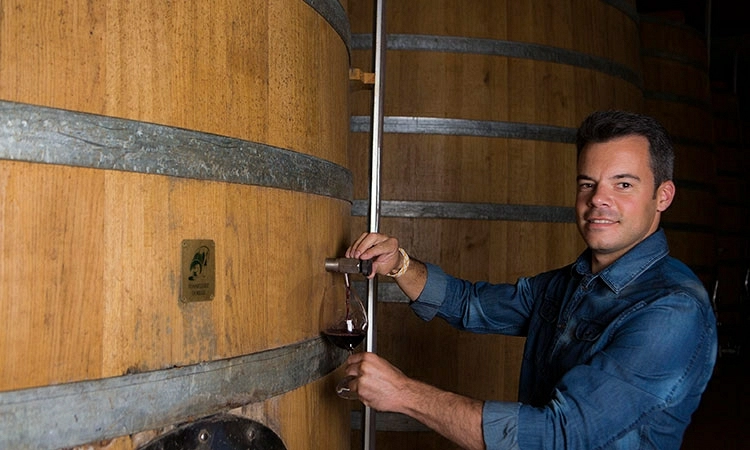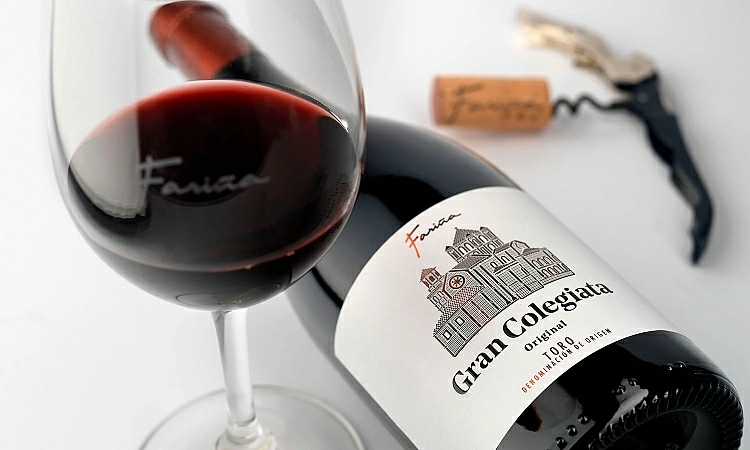1942
In the economic context that followed the Spanish Civil War, and in the middle of the Second World War, a married couple from the province of Zamora in Spain, Salvador Fariña and his wife Tomasa López, like so many others, left their home town, Porto de Sanabria, to settle in another town in Zamora, Casaseca de las Chanas, in search of a better future.
30km from Toro, in the middle of the Tierra del Vino DO territory, they started a new life, and there they kicked off a new project: making wine in a rudimentary winery dug out from the limestone rock. That was the birth of Bodegas Porto, named in honour of their home town.
